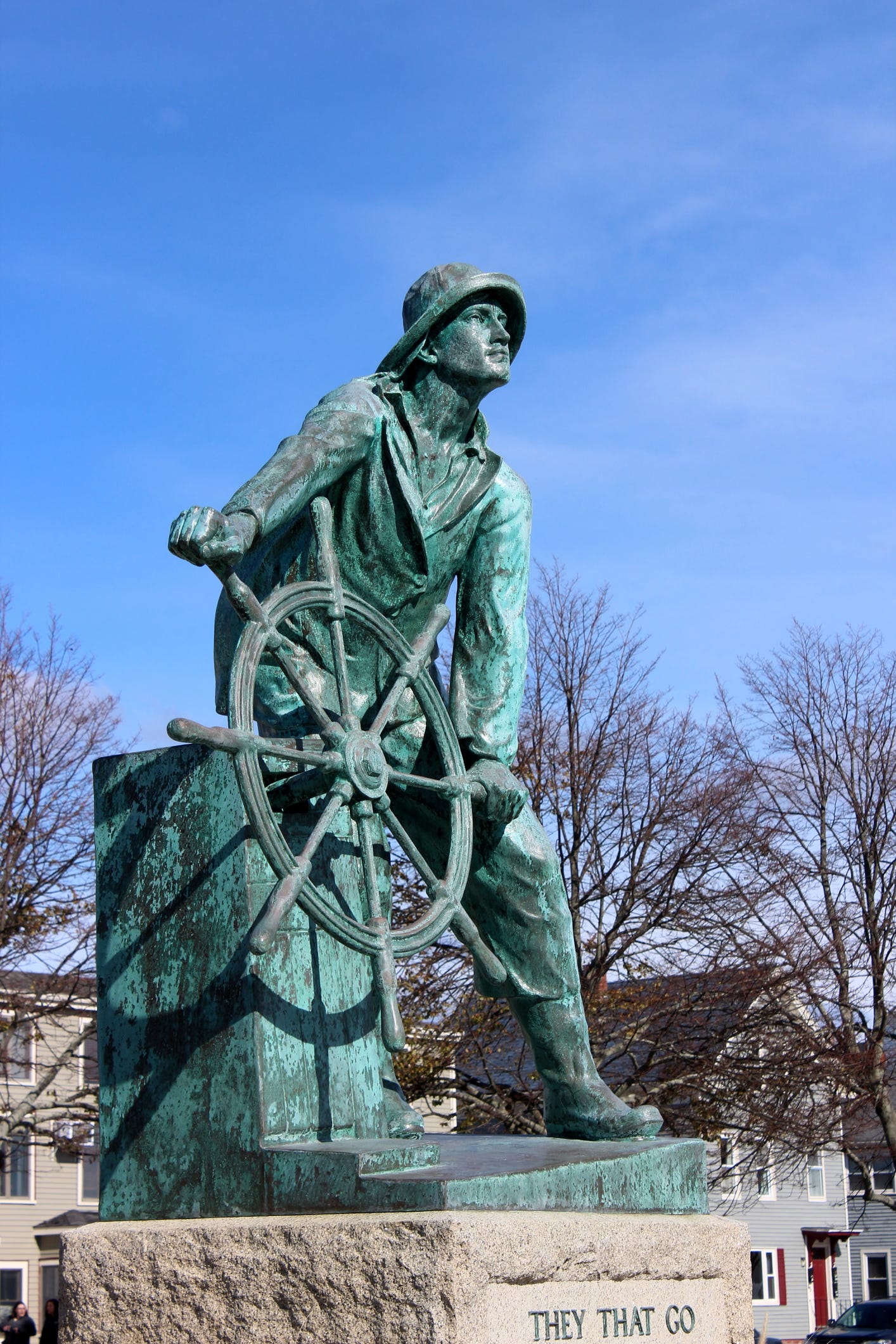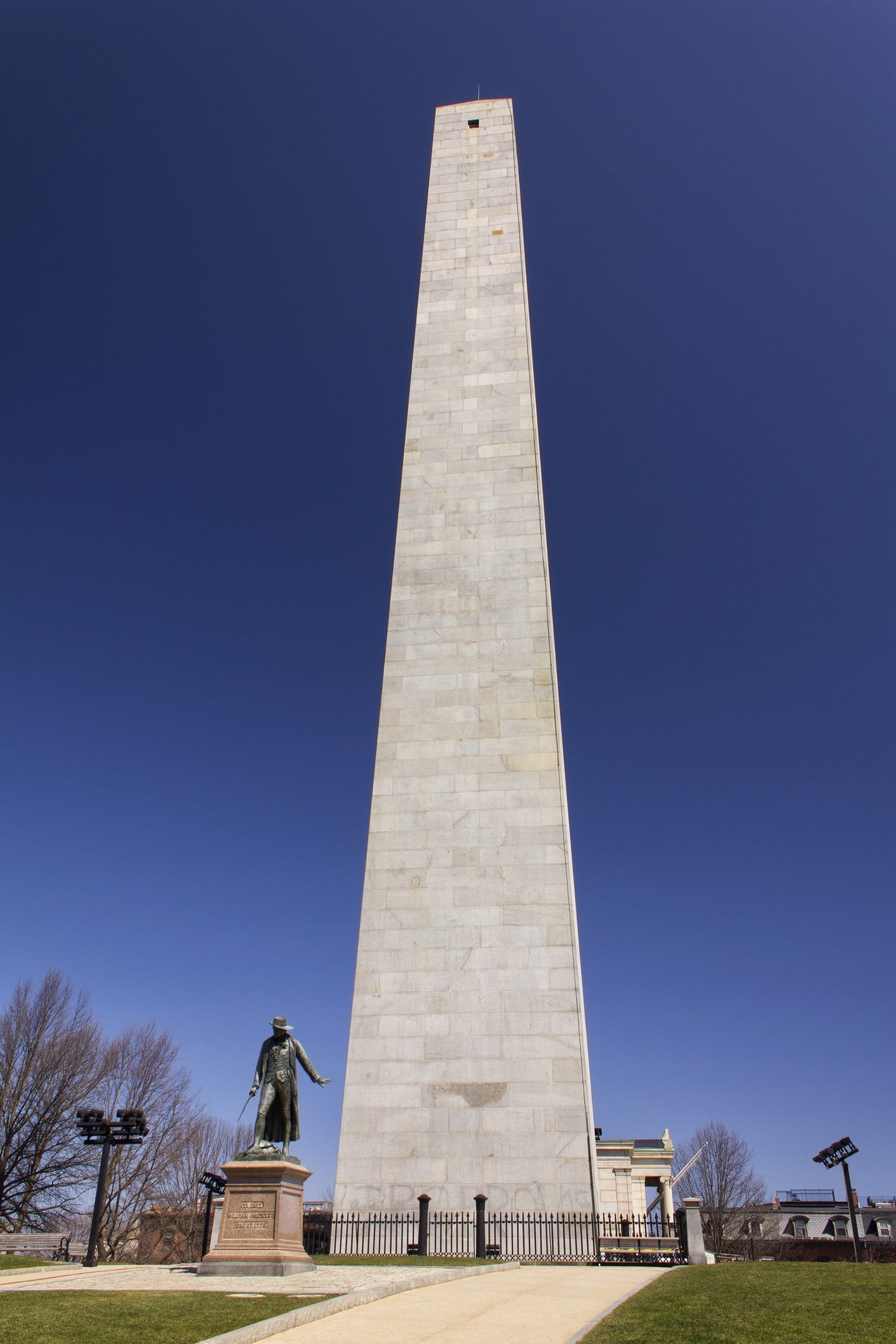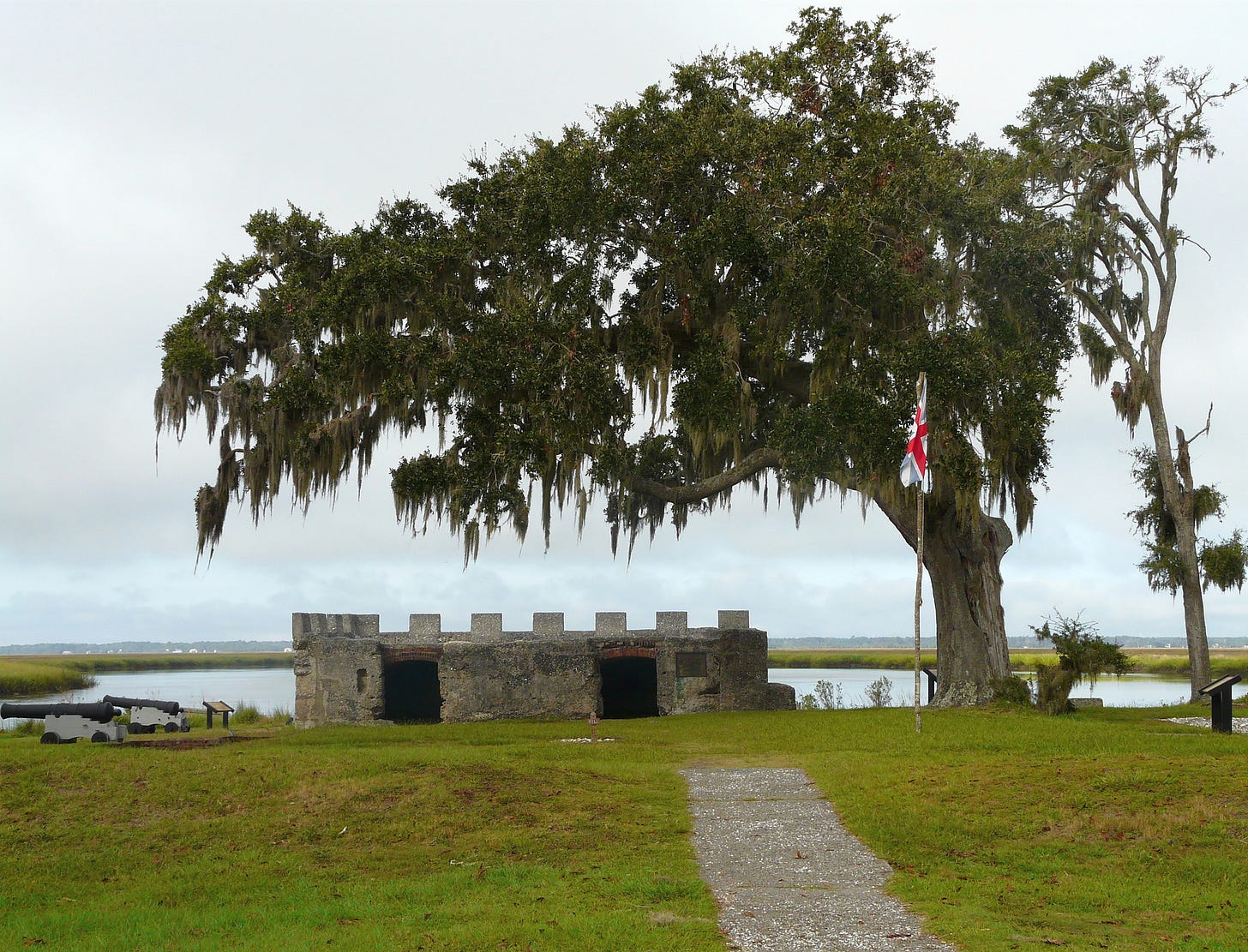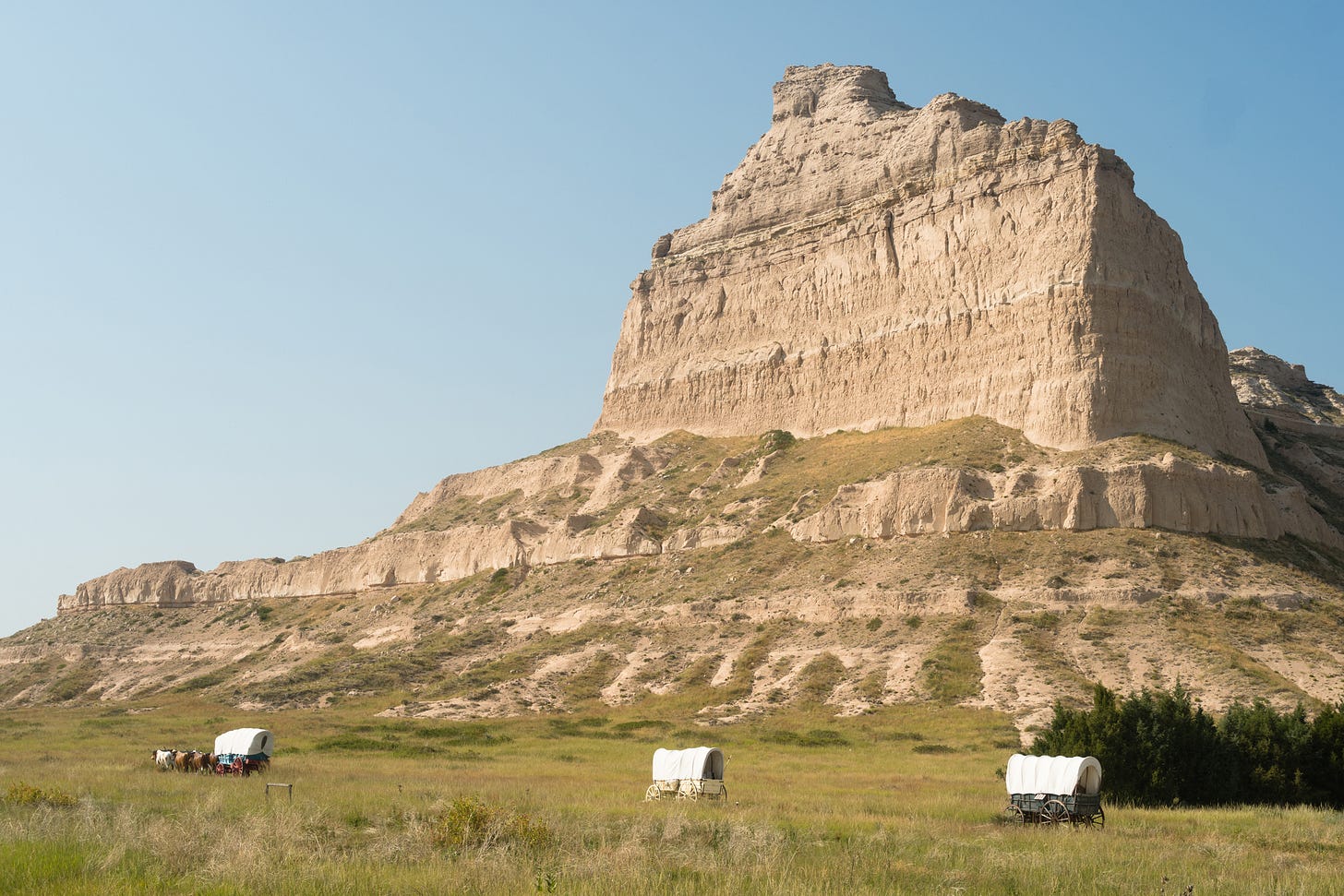Monuments come in all sizes
You all know about the big monuments like Mount Rushmore and the Washington Monument. What about the monument to the man visiting his own grave or the mpnument to men lost at sea.
In the little town of Nowata, Oklahoma, not far from Tulsa, an American flag, mini-museum, and billiard table with big cue sticks are among the attractions in an unusual sculpture garden. These include some of a collection of displays made from more than 3,000 bowling balls, with the purpose of honoring the widow of the site’s creator.
Carol Barbee, an inveterate gardener, turned bowling balls into reflective “gazing globes” that she placed among her roses. After she died in 1997, her husband Chris continued and expanded her collection to serve as a monument honoring the memory of his wife, which today attracts admiring visitors. (https://www.atlasobscura.com/places/bowling-ball-yard-art)
The Washington Monument, Lincoln Memorial, and other famous shrines around the country, which commemorate people and serve as reminders of events, draw millions of visitors each year. Other much less well-known symbols pay homage to stories of individuals and chapters of history that are educational, interesting, and in some cases offbeat.
The anecdotes that these attractions portray can make up in appeal what they may lack in size or prominence. An Internet search can lead you to some near where you live, or where you may be traveling.
The man who visits his own grave
One such monument includes the statue of a man who is visiting his own grave. John Porter Bowman was a wealthy Vermonter who, in the late 19th century, had an elaborate mausoleum built in Cuttingsville, Vermont in which his wife and two daughters were interred.
Later, Bowman commissioned a larger-than-life marble statue of himself. The marble man is ascending the steps of the family crypt where he also rests, clutching a top hat and coat and a funeral wreath. (findagrave.com)

Honoring those lost at sea
Statues of two men in a rowboat, and a fisherman at the wheel of a ship, pay tribute to people who lost their lives working at sea. Since the end of the Civil War, the Chesapeake Bay has been a major source of seafood. The Maryland Watermen’s Monument in Grasonville honors those who died while fishing its waters. Names of local “watermen” who lie beneath the waves are carved around the statue's base. (visitmaryland.org)
A bronze man wearing oilskins, who is braced at a ship’s wheel on a sloping deck, gazes out over the harbor of Gloucester, Massachusetts. From the 17th to 20th centuries, thousands of fishermen lost their lives just offshore. That includes 249 men on 29 vessels that did not survive a single storm in 1879. (https://www.nps.gov/nr/travel/maritime/glo.htm)
The USS Arizona Memorial in Honolulu marks the mid-section of the battleship that was sunk during the Japanese attack on Pearl Harbor. The vessel is the final resting place for more than 900 of the ship's crewmen who lost their lives. Their names are engraved on a marble wall in the Shrine Room. As a special tribute to the ship and her lost crew, the United States flag flies from a flagpole attached to the Arizona’s severed mainmast. (https://www.nps.gov/perl/learn/historyculture/uss-arizona.htm)
An early battle in the American Revolution
Other military memories are scattered around the United States. The Bunker Hill Monument in Boston commemorates the Battle of Bunker Hill, one of the first major skirmishes between British and Colonial forces in the American Revolution. The 221-foot-tall obelisk overlooks a museum that
displays artifacts from that important encounter. Together they comprise a National Park Service site. (nps.gov)
A British fort and town in its Georgia colony
The British built a fort and town (1736-1748) on St. Simons Island, Georgia to protect that colony’s southern boundary against raids by Spanish forces. About 630 troops manned the fort and some 500 colonial residents occupied the village outside its walls.
The community was named Frederica after Frederick, the Prince of Wales. The archaeological remains of the settlement are preserved in Fort Frederica National Monument. (nps.gov/fofr)
Some monuments give Native Americans their due
The important role of Native Americans in the country’s history also gets its due. Since 1948, work has been underway on the image of an Indian warrior, which is being carved onto a mountain in South Dakota
When completed, the Crazy Horse Memorial will depict the leader of the Oglala Lakota people. It will be 641 feet long and 563 feet high – much larger than the heads of the four U.S. Presidents at Mount Rushmore.
Some prominent hills left in their natural state recall people who once passed nearby. That’s true at Scotts Bluff National Monument in Nebraska, where an 800-foot protuberance looks out over the surrounding prairie and North Platte River.
Native Americans called the bluff me-a pa-te (“hill that is hard to go around”) and during the 19th century, hundreds of thousands of westward-bound pioneers, fur traders, and others used it as a landmark. The Monument, now a U.S. National Park, was named for Hiram Scott, a fur trader found dead in the area.





